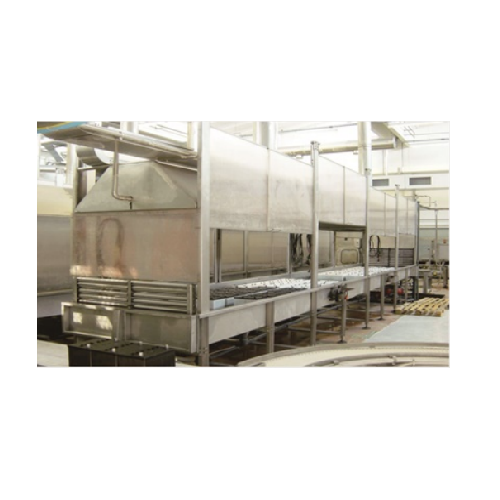Various material separator of lead acid battery
- By: JinHan
- Nov 13,2023
follow us
To prolong the cycle life of VRLA (Valve Regulated Lead-Acid) batteries, it is essential to ensure that the plates remain in a compressed state throughout the battery cycling process. However, traditional AGM (Absorbent Glass Mat) separators tend to undergo contraction after acid filling or water loss, leading to a reduction in pressure between the plates and consequently shortening the battery's cycle life. This is primarily due to two main factors:
The bonding force between ultra-fine glass fibers in AGM separators is weak. When the surface tension of water is greater than the bonding force between fibers, the bonding force between ultra-fine glass fibers will be broken.
The elasticity of ultra-fine glass fibers in AGM separators is not good enough, so AGM cannot recover to its original state after compression.
SWP separators overcome these drawbacks by being composed of polypropylene or polyethylene fibers with low-melting-point polymer fibers mixed in. The separator exhibits excellent resilience, recovering well after compression. Batteries using SWP separators maintain the plates in a compressed state throughout the charge and discharge process, thereby enhancing the lifespan of lead-acid batteries. However, SWP separators have a smaller porosity and higher internal resistance, approximately 4 to 6 times that of traditional AGM separators. As a result, batteries with SWP separators have lower initial discharge capacity, but when water loss exceeds 10%, the discharge capacity of batteries with SWP separators is higher than those with AGM separators. Therefore, using SWP separators as the carrier for the electrolyte contributes to improving the battery's cycle life and late-cycle discharge capacity.
UHMW-PE separators possess excellent mechanical properties and rolling characteristics, making them highly suitable for production line processes. With small pore sizes, they enhance puncture resistance and exhibit outstanding thermal stability and oxidation resistance, ultimately improving the lifespan of the separators.

 English
English Russian
Russian Portuguese
Portuguese Arabic
Arabic Bangla
Bangla Indonesian
Indonesian








